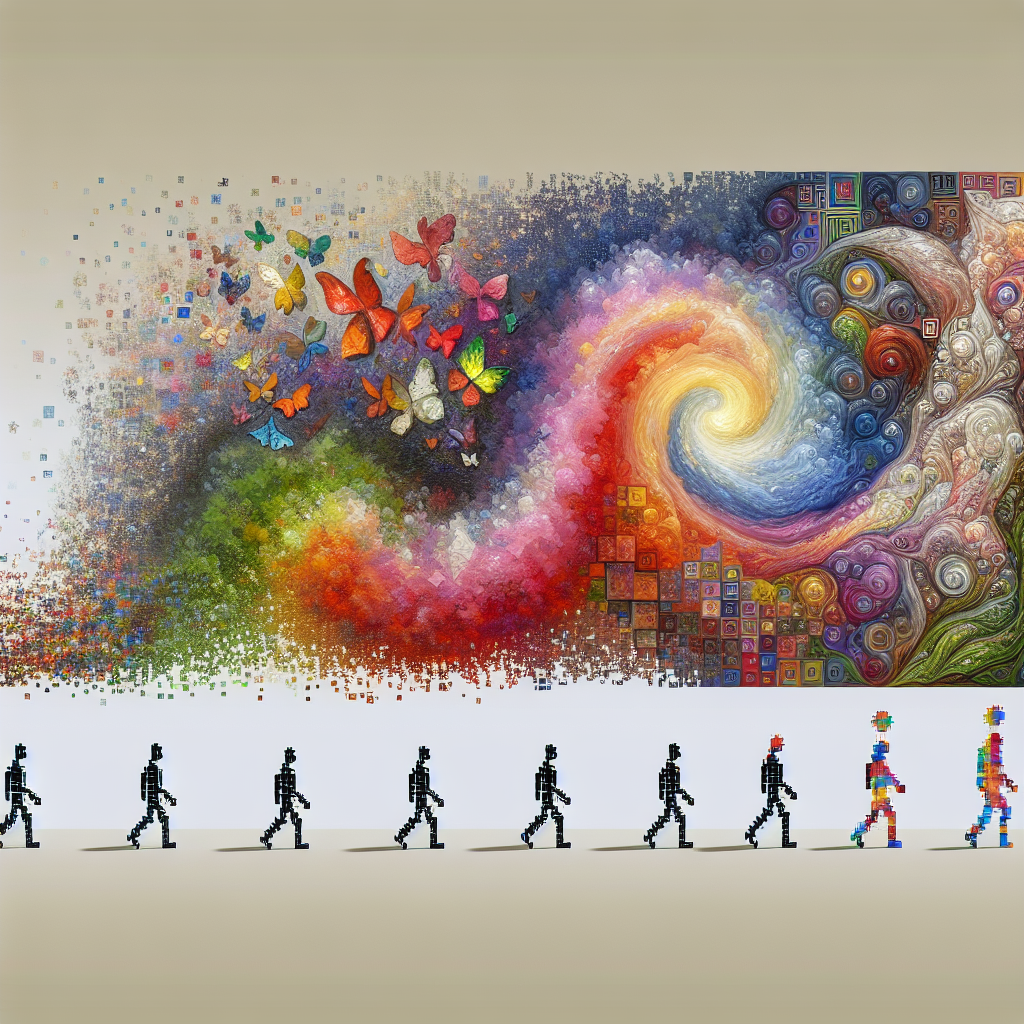Artificial intelligence (AI) has revolutionized many industries, and the visual arts world is no exception. In recent years, generative AI has emerged as a powerful tool for creating stunning and unique artworks that push the boundaries of creativity and innovation.
Generative AI refers to algorithms that use machine learning techniques to generate new content, such as images, music, or text, based on patterns and data fed into them. In the realm of visual arts, generative AI has opened up a whole new world of possibilities for artists and creators.
One of the most fascinating applications of generative AI in the visual arts is the creation of digital paintings. By feeding the AI algorithm with a dataset of paintings from various artists, the AI can learn the styles, techniques, and motifs used in those artworks and then generate its own original pieces. The result is often a fusion of different artistic styles, creating a new form of art that is both familiar and unique.
One of the most famous examples of generative AI in visual arts is the work of artist Robbie Barrat, who trained a neural network to create portraits. The AI was able to learn the characteristics of human faces and then generate its own interpretations, resulting in eerie and surreal portraits that blur the lines between human and machine creativity.
Another exciting development in generative AI art is the use of GANs (Generative Adversarial Networks) to create hyper-realistic images. GANs work by pitting two neural networks against each other – one to generate images and the other to judge their authenticity. Through this back-and-forth process, the AI can create incredibly lifelike images that are indistinguishable from photographs.
The evolution of generative AI in visual arts has also led to the rise of AI-generated art being sold at auctions and galleries. In 2018, an AI-generated artwork titled “Portrait of Edmond Belamy” sold for over $400,000 at Christie’s auction house, signaling a new era in the art world where AI-generated art is not only accepted but celebrated.
As generative AI continues to evolve and improve, the possibilities for its use in visual arts are endless. From creating digital paintings to generating realistic images, AI has the potential to revolutionize the way we think about art and creativity. The fusion of human and machine creativity is a powerful force that is sure to shape the future of the visual arts world for years to come.

Leave a Reply
You must be logged in to post a comment.